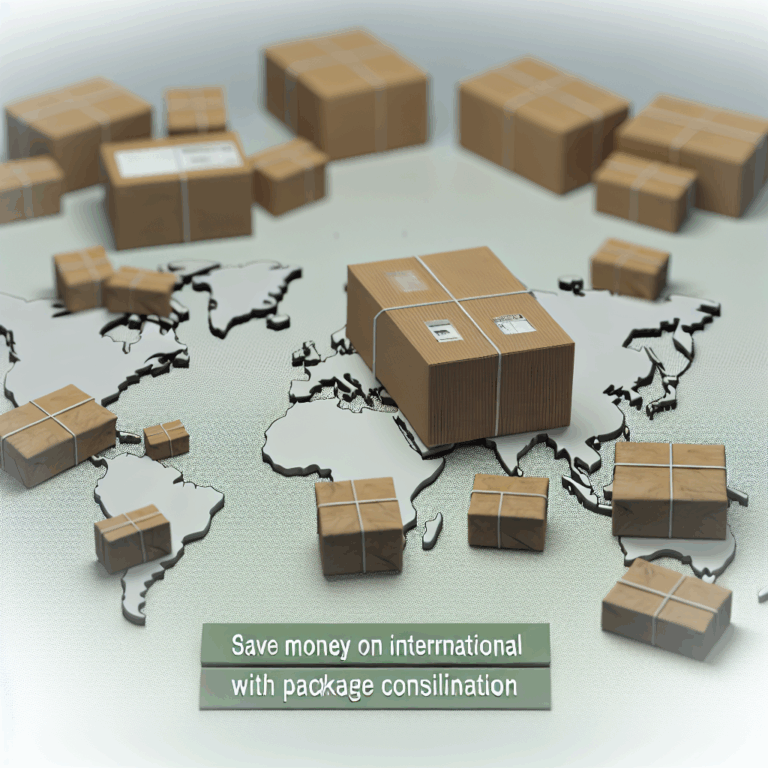Why Shipping Costs from China to Europe Are Rising
Shipping goods internationally from China to Europe has become increasingly expensive due to fluctuating fuel prices, geopolitical tensions, and supply chain disruptions. Businesses importing from China must find ways to optimize logistics to maintain profitability. Whether you’re a small e-commerce store or a large-scale importer, reducing international shipping costs from China to Europe requires strategic planning.
The good news? Several proven methods can help you cut expenses without sacrificing reliability. From choosing the right carrier to consolidating shipments, here’s how to minimize costs while ensuring timely deliveries.
Choose the Right Shipping Method
Selecting the most cost-effective shipping method is crucial for managing expenses. Each option has trade-offs between speed, price, and reliability.
Air Freight vs. Sea Freight
– **Air Freight**: Faster (3–7 days) but significantly more expensive. Best for urgent, high-value, or low-volume shipments.
– **Sea Freight**: Slower (25–40 days) but far cheaper for bulk shipments. Ideal for large, non-perishable goods.
For businesses prioritizing cost savings, sea freight is often the better choice for international shipping from China to Europe.
Express Couriers vs. Standard Shipping
– **DHL/FedEx/UPS**: Fast (3–5 days) but costly—best for small, high-margin items.
– **Standard Postal Services (e.g., China Post, EMS)**: Cheaper but slower (10–30 days).
If delivery speed isn’t critical, standard shipping can reduce costs by up to 50%.
Optimize Packaging and Weight
Shipping carriers charge based on dimensional weight (volumetric weight) or actual weight—whichever is higher. Reducing package size and weight directly lowers costs.
Best Practices for Packaging
– Use lightweight but durable materials.
– Avoid oversized boxes—custom-fit packaging saves space.
– Remove unnecessary packaging inserts.
For example, switching from a 20kg carton to a 15kg optimized package could save €50–€100 per shipment.
Consolidate Shipments
Instead of sending multiple small packages, combine orders into a single shipment. This reduces per-unit shipping costs and minimizes customs fees.
– **LCL (Less than Container Load)**: Share container space with other importers.
– **FCL (Full Container Load)**: Book an entire container if shipping large volumes.
Consolidation can cut international shipping from China to Europe by 20–40%, especially for frequent shippers.
Negotiate with Freight Forwarders
Freight forwarders often offer discounted rates for bulk or long-term contracts.
Key Negotiation Tactics
– Compare quotes from multiple providers.
– Leverage shipping volume for better rates.
– Ask about seasonal discounts or loyalty programs.
For example, some forwarders offer 10–15% discounts for businesses shipping over 100kg monthly.
Leverage Free Trade Agreements (FTAs)
The EU-China trade agreement reduces tariffs on certain goods, lowering overall import costs.
– Check if your products qualify for FTA benefits.
– Ensure proper documentation (e.g., Certificate of Origin).
This can save 5–15% on duties, making international shipping from China to Europe more affordable.
Use Technology to Track and Optimize
Shipping management software helps identify inefficiencies and compare carrier rates in real time.
– **Recommended Tools**:
– Freightos (for instant freight quotes)
– ShipBob (for e-commerce logistics)
Automating logistics decisions can reduce costs by 10–20% annually.
Final Thoughts
Reducing shipping costs from China to Europe requires a mix of strategic choices—selecting the right carrier, optimizing packaging, consolidating shipments, and negotiating better rates. By implementing these tactics, businesses can maintain competitive pricing while ensuring reliable deliveries.
Ready to streamline your international shipping? Get a customized quote today and start saving on logistics!


